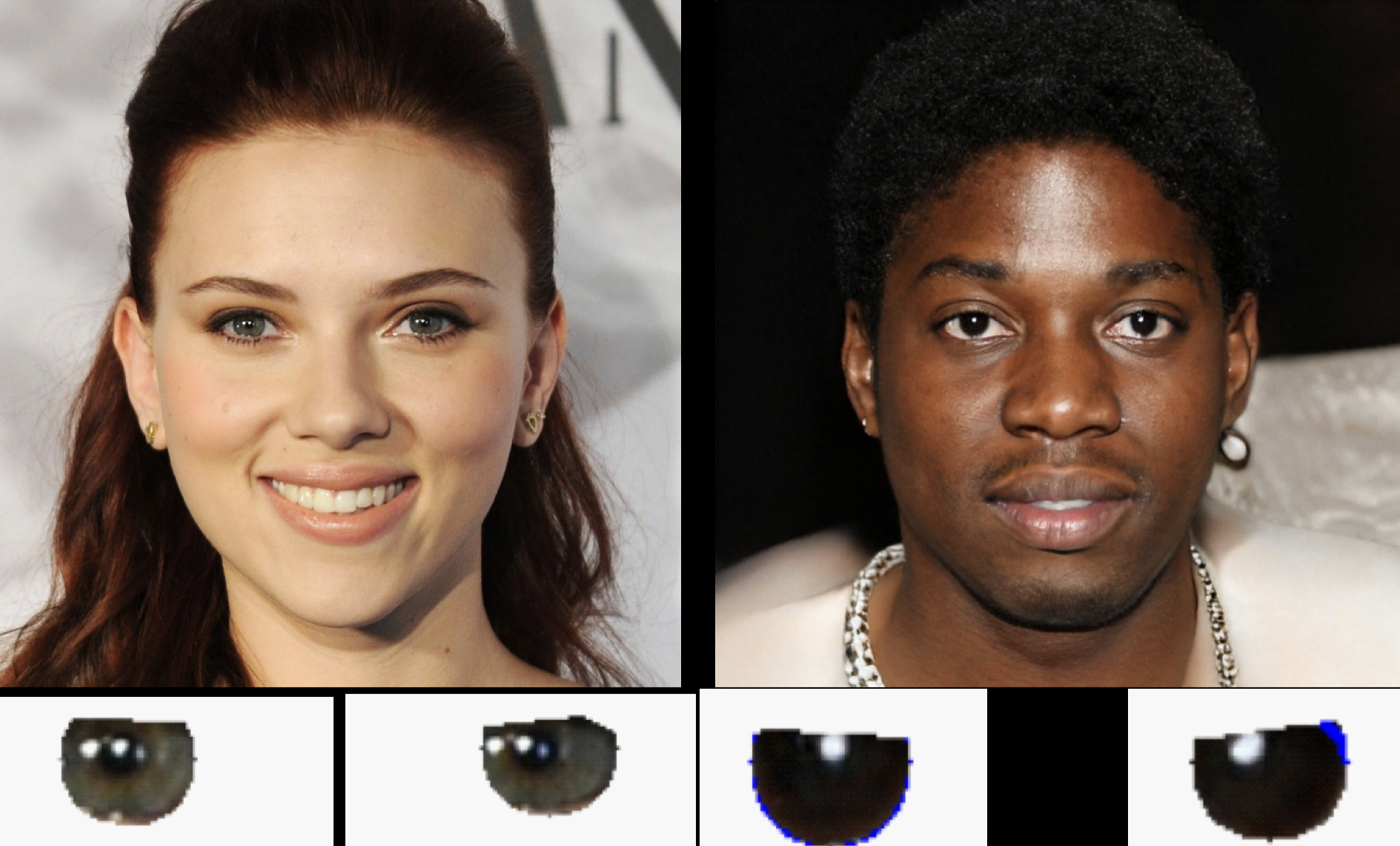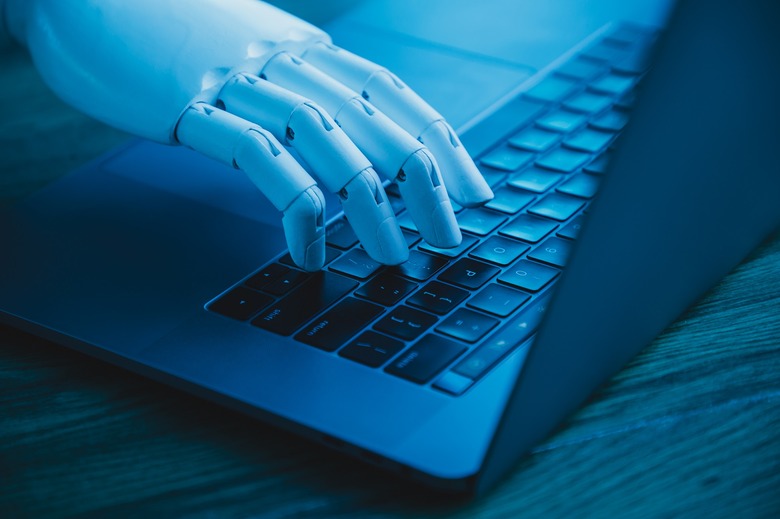Astronomers Can Spot Fake AI Photos Using Tools Meant To Measure Galaxies
Scientists have found a way to use proven galaxy-measuring techniques to spot fake AI images of celebrities. The technique adapts tools used by the Royal Astronomical Society and other groups to look for consistencies in the light reflections found within the eyeballs.
The research was headed by Adejumoke Owolabi, an MSc student working under Dr. Kevin Pimbblet, a professor of astrophysics at MSc. The researchers discovered that by adapting the tools we use to measure galaxies, we could determine whether the light reflections seen within images are consistent with real-world physics.
In fake AI images, the physics don't add up. For example, in a blog post shared by the Royal Astronomical Society, the technique developed by Owolabi can be used to determine if an image's light reflections match physics as they should or if the physics appear inconsistent.

For example, in the image embedded in this article, you can see that the image on the left has light reflections that are more consistent with real-world physics. However, the image on the right has light reflections that are not consistent with the real world.
Instead, the eyes on the AI image appear to be depicted as under the person's face, whereas the eyes on the real image are where they should be physically. It's an interesting technique and one that certainly bodes well for a world where creating AI images of celebrities is about as easy as ordering a pizza online.
What's even more impressive, is the system appears to be able to detect fake AI images automatically, too. The researchers say it could help cut down on deep fakes, which have begun to run especially rampant in recent years. We even saw someone deep fake being an important member of a company recently, allowing them to steal millions of dollars.
